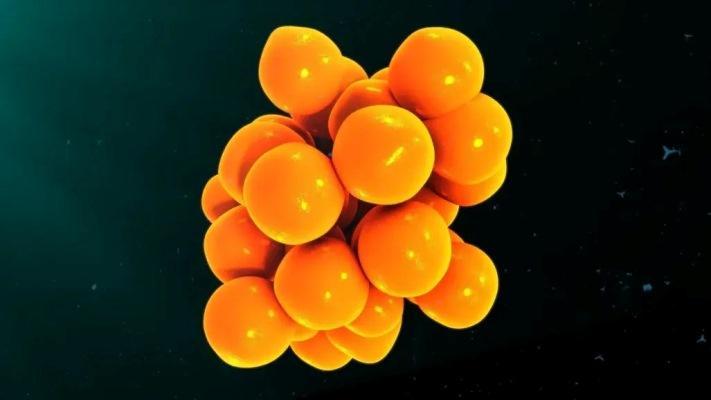In an effort to better characterize the inflammatory consequences of periodontal inflammation, researchers have recently developed two scales to describe salivary cytokine levels. The scores obtained can help assess how well a patient is responding to periodontal treatment, predict recurrence of periodontal disease, and identify ongoing inflammation associated with systemic disease.

Periodontal disease has previously been associated with certain systemic diseases, including diabetes and Alzheimer's disease, and cytokines play a critical role in the pathophysiology of periodontal disease.
Because it is difficult to measure cytokines in fluid deep in periodontal pockets, the researchers measured a range of both pro- and anti-inflammatory cytokines found in the saliva of 67 adults aged 45 years and older who had some degree of periodontal disease. They then built two composite indices of salivary cytokines and determined whether the severity of periodontal inflammation correlated with these indices. To assess inflammation, they used periodontal inflamed surface area (PISA), which is calculated from the depth of periodontal pockets and bleeding on probing.
“Inflammation of the periodontium is not only evident on examination, but is also reflected in the patient's saliva,” says senior study author Dr. Angela R. Kemer, Associate Professor of Periodontology and Implant Dentistry at New York University's Ashman College of Dentistry.
“Saliva cytokines are a window into the molecular makeup of the oral environment,” says study lead author Dr. Vera Wu Tan, clinical assistant.
The researchers found that PISA scores were significantly associated with novel cytokine scores, regardless of factors such as age, gender, smoking, and body mass index. In addition, they reported that higher levels of cytokines reflect more severe periodontal inflammation in the patient. “This demonstrates that a single measure, including multiple salivary gland cytokines, is correlated with the severity of periodontal inflammation,” said study co-author Professor Lina Palomo, chair of the study.
According to the authors, more research is needed to confirm cytokine levels in patients with various health conditions and varying levels of periodontal disease, including healthy gums and early stage periodontal disease. If cytokine levels can be confirmed in larger and more diverse patient populations, this could improve understanding of the progression and recurrence of periodontal disease and the potential association with other systemic diseases.
“We know that when plaque and tartar are removed, the PISA score goes down. It would be interesting to see if the cytokine count also drops — or if it persists, to see what that means,” added Dr. Kemer. “Is there an underlying cause, such as ongoing inflammation as a result of a systemic disease? Or, if someone has a hyper-inflammatory response, which we know from a high cytokine count, can that predict whether periodontitis will recur or progress in the future? We hope to explore these questions in future studies.”
